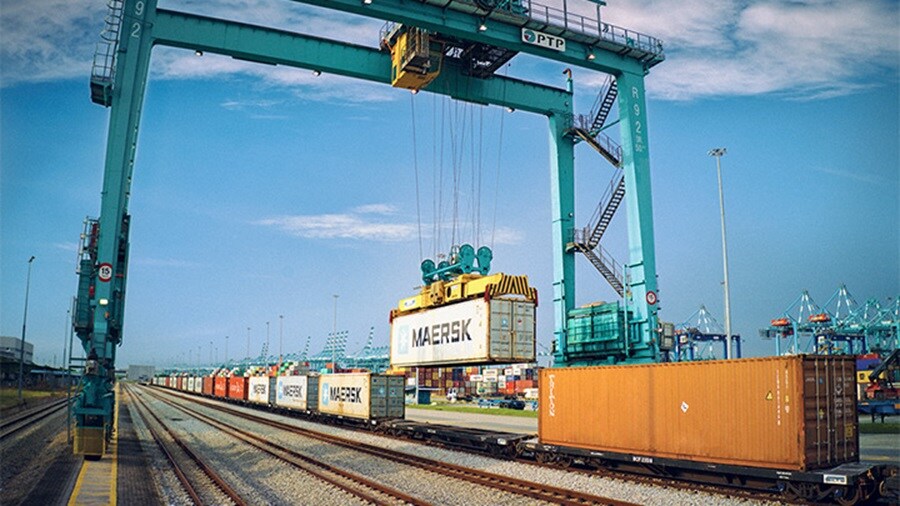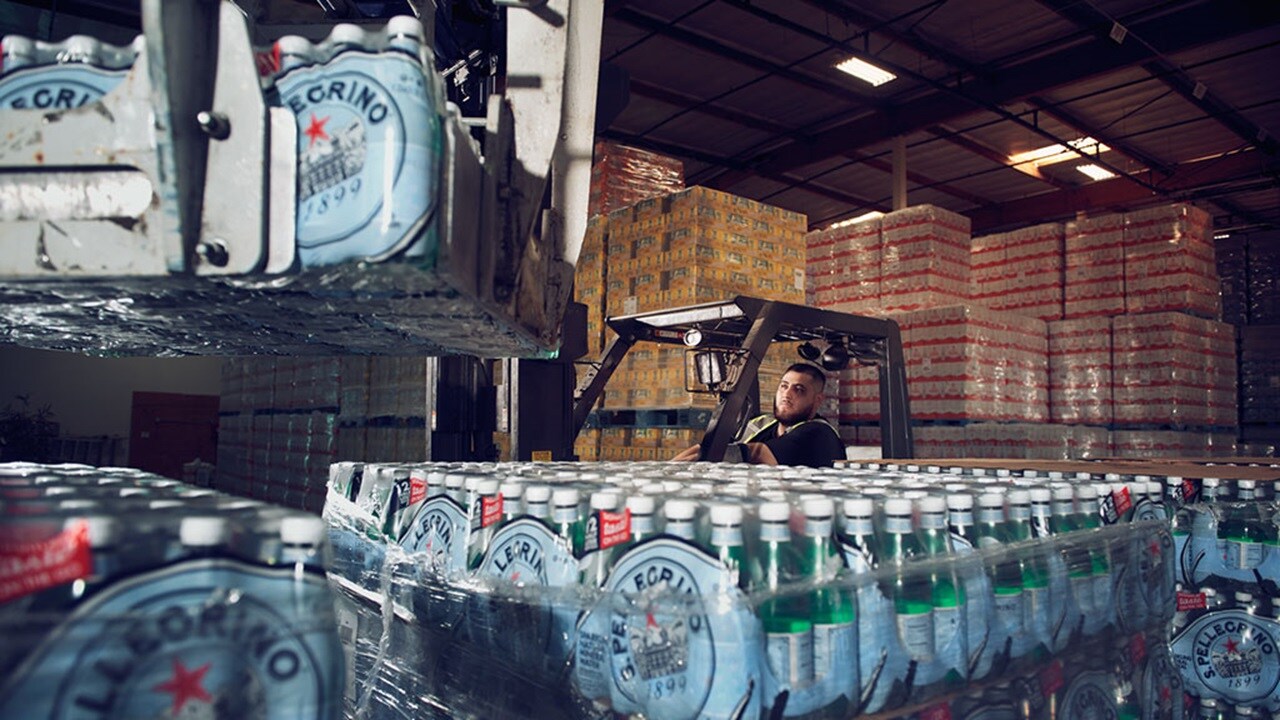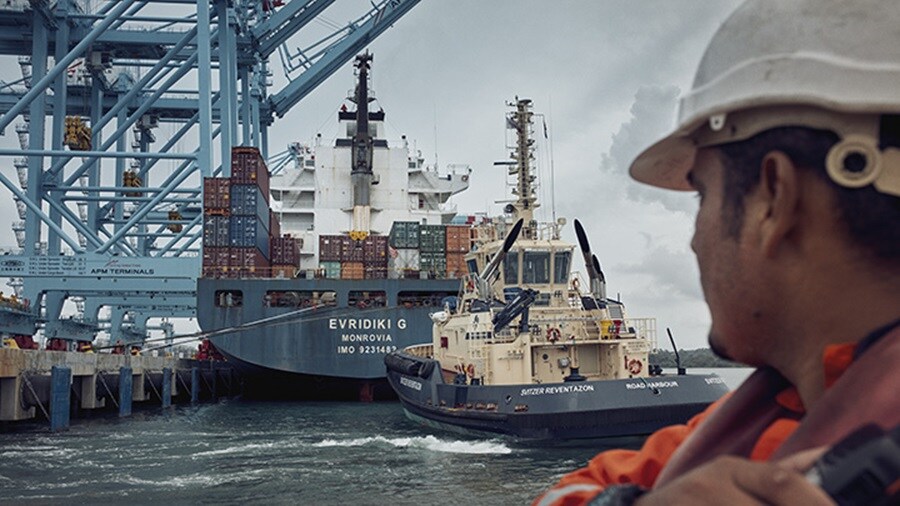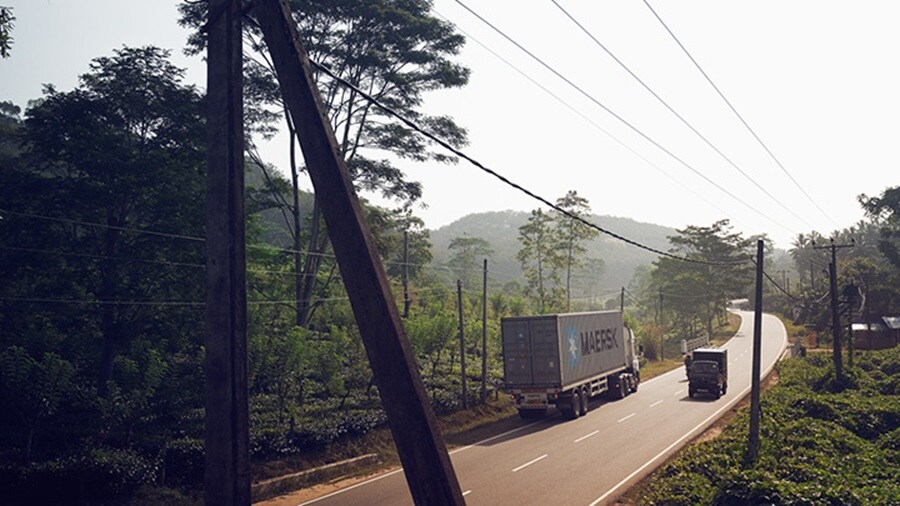As the eighth largest economy in the world and seventh-highest ranking in terms of total exports, Italy is not only a significant contributor to global trade, but also a geographical facilitator.
Italy accommodates over $142 billion in machinery and automotive exports, $48 billion in fashion exports and $33 billion in pharmaceutical exports, successfully connecting suppliers in the east with end consumers in Europe and the west.

However, as so many western companies source from the far east, they’re particularly sensitive to any disruptions and delays in the global supply chain – which can have a ripple effect on operations in Europe.
And when challenges are faced across Europe – as we’ve observed in the past few months – you create something of a perfect storm. Recent events have presented not only the cracks in the current infrastructure and transport options to and within the continent, but also the opportunity to improve their flexibility and build resilience in the way we approach and support global trade.
The combined effects of terminal congestion, labour shortages, inland bottlenecks and fuel price increases are driving the demand for development of alternative and sustainable routes in, out and across Europe.
To foster the economic growth and unobstructed flow of goods, businesses are putting an increased emphasis on flexibility, reliability and sustainability of services. For supply chains to meet those demands, the use of clean and integrated pathways is imperative.
One such route is Maersk’s new feeder service from Port Said, Egypt, to the strategically-located Vado Gateway at the Port of Genoa.
Depending on the origin of cargo, the new feeder successfully reduces the transit time from Asia to Northern Italy by between 5-21 days and crucially provides customers with more supply chain agility and reliability.
The strategic position of northern Italy
While the Vado Gateway provides a growth opportunity for Italy and Italian businesses, it serves far more than just the Italian market.

Its proximity to both Suez and Gibraltar makes northern Italy one of the gateways of the so-called “Belt Road Initiative”, connecting it to over 68 countries, 65% of world’s population, and 40% of global GDP.
The connection to maritime shipping hubs of East Africa, India and China offers a potential to accelerate economic growth not only of Italy, but the rest of the region by giving consumers and businesses access to new markets.
In addition to ocean routes, north of Italy boasts an extensive inland transportation network that links the rest of the country with southern, central and eastern Europe. By making use of integrated inland routes, particularly rail, new markets become accessible through increased time and cost efficiency, while also supporting businesses’ sustainability goals.
Post-Covid economic recovery
After an extremely challenging period during the Covid-19 pandemic (and going further back to its unprecedented fall in GDP since the Second World War), Italy continues to cultivate its economic growth.
Italy’s recovery plan is largely focused on becoming more sustainable and resilient, while making use of green and digital transitions. This is expected to provoke an increase in GDP in both 2022 and 2023 by 2.8% and 1.9% respectively.
While the economy is still largely driven by manufacturing and trade industries, there is significant emphasis on environmental sustainability and digital innovation initiatives.

In logistics, that translates to an increased utilisation of environmentally friendly modes of transportation, such as rail, to reduce the overall carbon footprint maximise efficiency on the current infrastructure. The implementation of automation processes in cargo handling contributes to the digitisation targets, all the while enhancing resilience, reliability and scalability of operations.
The current investments and developments in the economy and infrastructure pave the way for future of innovation, connectivity, and opportunity, not only for the Italian market, but for the broader Europe area.
Maersk’s dedication to growth and resilience
Drawing on strategic connectivity for both ocean and landside transportation, Maersk plays a role in strengthening the strategic significance of northern Italy by investing in self-operated facilities and services in the Vado area.
The terminal itself is the first semi-automated port in Italy, offering flexibility and reliability. It’s also highly efficient in terms of speed and cost, with a low CO2 footprint to boot.

The Vado feeder service, named Espresso, connects Port Said and Genoa with a weekly direct call, and further connects it with rest of Italy and Europe via the Maersk rail network.
This service represents a growth opportunity for Italian and European businesses, connecting their production in the east with their customer base in the west. With a shorter ocean route, this service offers better cost-competitiveness and faster time to market – ensuring customers are fulfilling their end consumers’ needs in a timely manner.
Additionally, the shorter ocean route and the utilisation of our connected rail network for onward transportation has the potential to support a customers in their own sustainability pledges.
For Maersk, the Vado Gateway strengthens not only our commitment to the Italian market, but showcases our integrator abilities that connect ocean, land and air across, to support the logistics needs of our customers across Europe and beyond.
Anything you need, we’re here to help
I agree to receive logistics related news and marketing updates by email, phone, messaging services (e.g. WhatsApp) and other digital platforms, including but not limited to social media (e.g., LinkedIn) from A. P. Moller-Maersk and its affiliated companies (see latest company overview). I understand that I can opt out of such Maersk communications at any time by clicking the unsubscribe link. To see how we use your personal data, please read our Privacy Notification.
By completing this form, you confirm that you agree to the use of your personal data by Maersk as described in our Privacy Notification.
